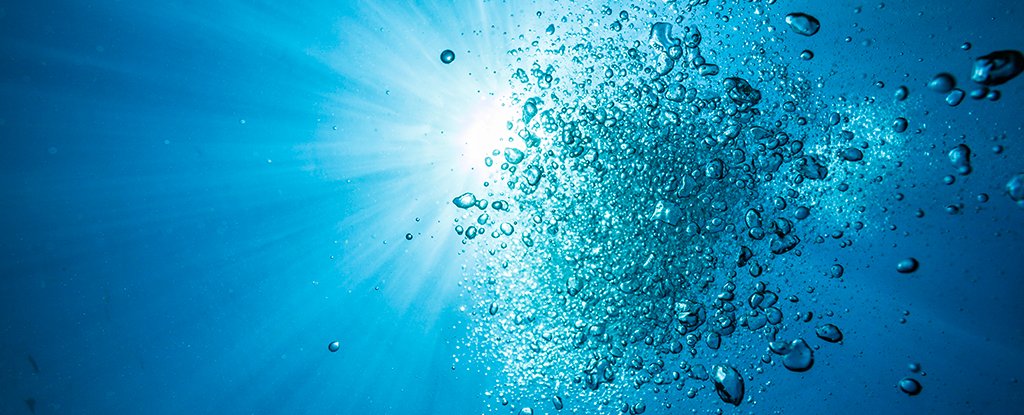
Scientists Built The World's Fastest Water Heater, And It Sounds Totally Insane
Also, it transforms water into a completely new physical state.
MIKE MCRAE
18 MAY 2018
Forget warming your morning coffee in the microwave; a laser pulse made of X-rays has set a record for heating a few microlitres of water to 100,000 degrees Celsius in 75 millionths of a billionth of a second.
We wouldn't recommend drinking the plasma, at least not without blowing on it first. But the product could help us better understand water's unusual properties while improving how we carry out delicate investigations that rely on powerful X-ray lasers.
Thanks to their tiny wavelengths, intensely focused X-rays are a great tool for studying the atomic structures of molecules and other nanoscale objects.
Unfortunately it's something of a double-edged sword – those short waves pack a lot of punch, so if you want to look closely at structures inside living cells, you shouldn't expect much to be left after you've taken a snapshot.
To better understand the physics behind this destruction, an international team of researchers hit a tiny jet of water with a flash from an X-ray laser called the Linac Coherent Light Source at the SLAC National Accelerator Laboratory in the US.
Needless to say the thin stream of water got hot fairly quickly.
"It is not the usual way to boil your water," says physicist Carl Caleman from Uppsala University in Sweden.
"Normally, when you heat water, the molecules will just be shaken stronger and stronger."
Instead, the flash of X-rays punched the electrons right off the water molecules, setting them off balance.
"So, suddenly the atoms feel a strong repulsive force and start to move violently," says Caleman.
That violent jiggling – for all purposes what we refer to as 'heat' – is equal to a scorching 100,000 degrees Celsius, way hotter than Earth's core.
What's more, it takes less than 75 femtoseconds to accomplish this, which doesn't give the molecules making up the trickle of water much time to escape.
This sudden shock creates an unusual phase of water, one that is still a liquid but has the properties of a gaseous soup of charged particles.
"It has similar characteristics as some plasmas in the Sun and the gas giant Jupiter, but has a lower density," says physicist Olof Jönsson from Uppsala University.
"Meanwhile, it is hotter than Earth's core."
While we'd all love to shoot high-energy lasers at things just to see what happens, the team had already performed the calculations so had a fairly idea what to expect. The experiment helped check their sums and assumptions about the weird molecular properties of water.
This research also has some important ramifications for using X-rays to research materials mixed in water, such as those found inside living cells. For the first 25 femtoseconds after being struck with the X-rays, not a lot happens.
It's only at the 75 femtosecond mark that all hell breaks loose and the ionized water molecules cause significant changes to the surrounding chemistry, effectively destroying the material in the process.
"The study gives us a better understanding of what we do to different samples," says physicist Nicusor Timneanu from Uppsala University.
Knowing the timing and nature of the state change could also help scientists improve methods that capture more accurate details of the atomic structures of various biochemicals.
Also, they get to brag about their cool use of an X-ray laser.
This research was published in PNAS.
Thanks to: https://www.sciencealert.com






 Sat Mar 23, 2024 11:33 pm by globalturbo
Sat Mar 23, 2024 11:33 pm by globalturbo

